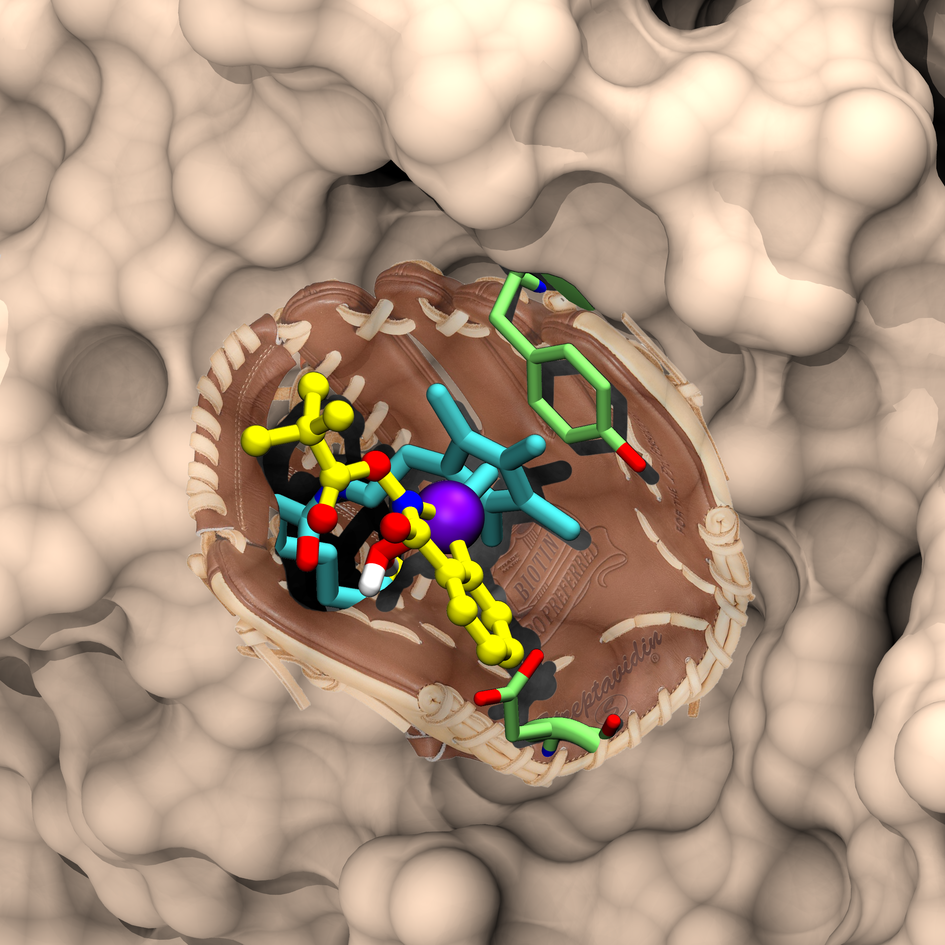
Strategies to integrate and exploit artificial metalloenzymes within mammalian cells for biomedical applications.
With synthetic biology applications in mind, attempts to exploit organometallic catalysts within a cellular environment have been met with limited success. Thanks to their know-how in organometallic- and bioinorganic chemistry with an emphasis on catalysis, this group has pioneered the field of artificial metalloenzymes (ArMs) based on the non-covalent incorporation of a catalytically competent organometallic cofactor within a host protein. The resulting hybrid catalysts display features which are reminiscent of both homogeneous- and enzymatic catalysts.
With biomedical applications in mind, the main challenge to be addressed within the NCCR Molecular Systems Engineering is the integration of ArMs within mammalian cells. The ultimate goal of this effort is to complement natural enzymes for the on-site production or uncaging of drugs and for diagnosis purposes. The bio-orthogonality of some of the ArMs developed within the group allows to complement the natural reaction repertoire. To integrate artificial metalloenzymes within mammalian cells, the following strategies will be investigated: i) encapsulation within polymerosomes or ii) incorporation of cell-penetrating disulfides on ArMs. Alternatively host proteins overexpressed on the cell surface of diseased cells will be exploited to accumulate organometallic cofactors which can uncage drugs and accumulate drugs where needed.
Yoann Cotelle
Alexandria Liang
Boris Lozhkin
Yasunori Okamoto
Johannes Rebelein
Fabian Schwizer
Brett Garabedian
Ward group @UniBas